Johannesburg is one of the most important cities in South Africa. In fact, despite not being one of the three capitals of the country, it is the most populous city with almost 8 million inhabitants. In addition, it is one of the places where many people stop by to visit the Kruger NP (if you want to know more about our experience there, you can click here) and to travel from Tambo International Airport to many capitals of other African countries.
Johannesburg, also known among the locals as Joburg or Jozi, was a city built around gold mines that were discovered there in 1886. Due to the great gold rush in that area of the continent during the nineteenth century, many decided to settle around that mine and, ten years later, there was already a large city that became the largest in South Africa surpassing Cape Town, a city 200 years older than Johannesburg.
In the 20th century this city, which is part of one of the 40 largest metropolitan areas in the world, experienced one of the darkest episodes from the different racial and segregationist laws that took place during the Apartheid regime. People of color (blacks, Indians, Asians …) -who now represent around 83% of the population- had a different status than white people -around 17%-. They had to pay higher taxes, they had to bring special documentation, they were excluded from professional jobs and relegated to primary jobs, they could not own property, they could not marry with white people, and they had Afrikaans as a language imposed on them at the school; among other racial measures. The city even underwent some urban changes because the segregationist government decided to move the entire black population to a specific area of the city: the South West Township, better known as the Soweto neighborhood.
Today, this great African metropolis is a rainbow where immigrants from different African countries and different parts of the world, such as Europe or Asia, live together. Despite being an immense city also known for its insecurity, a visit to Johannesburg is highly recommended in order to learn about the recent past of Apartheid history and live in one of the great cities of the 21st century.
How to get there?
Johannesburg is considered one of the most important cities in Africa. The easiest way to get there is through its international airport (Tambo International Airport) which is located about 30 minutes from the city; and is considered the great air hub to fly to different capitals of South African countries. It is the most important airport in the country, and where the main intercontinental flights in Europe arrive.
If you arrive by car, we recommend that you go by GPS as the city has different roundabouts that surround it and that are the main starting point of the roads that go towards Nelspruit, to the east (route 4); in Pretoria, to the north (route 1); in Durban, to the south (route 3); or in Bloemfontein, to the west (route 1). In these rounds, you will find different exits that will take you to the different neighborhoods of the city such as the neighborhood of Sandton, Soweto or Melville, among others.
If you take a taxi, you should keep in mind that depending on the signal you make with your hand you will be pointing in one direction or the other. Ask your accommodation how you have to indicate by hand to go where you want to go, or to hire a trusted driver to move around the city. The Uber platform also works great in Johannesburg.
As for the train and buses, they are fewer common means of transport among tourists. The first, because it is considered the slowest transportation in the country to move between cities; and the second, because it has an unprepared means of moving between different parts of Johannesburg (unless it is the tourist bus) or between major South African cities, with the plane being the main way to get around because of the speed and price.
What to do in Johannesburg?
– Visit Constitutional Hill
Constitutional Hill is just one of the fantastic sites in Johannesburg. It is currently the seat of the Constitutional Court; but in the past it was one of the most important prisons in the country, where with the Apartheid system there were two types of prisons: the white prison (and where the only black person who was taken there was Nelson Mandela); and the imprisonment of people of color who lived in subhuman conditions with a large number of political dissidents during the days of Apartheid.
Constitutional Hill was Johannesburg’s oldest prison. Those who went against the law were imprisoned there, and the British used it as a military fort. With the Boer government, it became a prison with a white section and a color section, which included blacks but also other cultures such as India and Asia. In fact, Mahatma Ghandi was imprisoned there as a political dissident. Most criminals were people who refused to comply with unjust racial laws and were there for a political issue, rather than a criminal one. Conditions were very different between prisoners of color and whites, but the former still showed great resilience.
In the black section, they only had a 30-minute shower a week for about 2.000 people. The cells were small and crowded with 60 to 80 people. They all had their hair shaved and many died from torture and disease. In addition, there were solitary confinement cells where prisoners could not be in contact with the outside for up to a year and with various tortures, such as throwing ice, not having light from the outside, and so on…
However, the prisoners who were people of color (blacks, Indians, Asians…) showed great courage and joint strength to overcome these harassments. They sang a song that has become the anthem of South Africa 5 minutes before 8 pm (which was when the lights went out), they made sculptures with blankets, they supported each other…
In fact, Nelson Mandela was imprisoned in Constitutional Hill Prison for 7 years. There, Mandela was the only black man living in the white prison because the Boer government was afraid that Mandela encourage the black fellow prisoners in prison and pursue an anti-government policy from there. For this reason, they decided to isolate him in a cell in the white prison so that he could be controlled so that the protests of people of color would disappear. But this strategy didn’t work, and Nelson Mandela’s followers grew considerably. So, they decided to isolate him completely for another 20 years on Robben Island, an island off Cape Town. It was in Constitutional Hill Prison that he began writing the book A Long Walk to Freedom. If you want to know the story of one of the most important persons in history such as Nelson Mandela, you can click here.
Now, this prison (the area of those awaiting sentencing) has become the seat of the Constitutional Court where they deal with all human rights issues. You can visit the inside of the building, and outside there is a flame that never goes out and wants to symbolize the history of those years so that it will never be repeated. Some of the issues that have been approved in this room have been, for example, the abolition of the death penalty or same-sex marriage, one of the few countries in Africa where it is currently allowed.
– Visit Hector Pieterson Memorial in Soweto
In the Soweto neighborhood, we find one of the most shocking memorials commemorating Hector Pieterson, a 13-year-old student who was shot dead on 16th June of 1976 by South African police during the student uprising that took place that year and where they killed up to 1.003 students of color.
During the Apartheid system, the Boer government included a law requiring all high school students to take exams in Afrikaans, the mother tongue of the Dutch introduced by Paul Kruger. This meant that many black students who did not speak the language were suspended and could not continue their studies. These, most of whom were in the Soweto district, revolted. They met at Orlando High School and walked to the governor’s house at Orlando Stadium. There, police began charging bullets and tear gas at the students. Think that 99% of the police were white, and they applied the segregationist theses of Apartheid. The students took refuge in a church waiting for everything to calm down, but that June 16 went down in history for the death of Hector Pieterson, a 13-year-old elementary school student.
Pieterson was not affected by the law because he was in elementary school, but he was in church with his older cousin and older sister. When they saw him inside, they told him that he had to go home and go to school because this protest was not his issue. He got out and there, the police shot him killing him immediately. The older cousin, in a matter of cultural honor, took him in his arms because in the African tradition the older ones are always responsible for the younger ones, and this moment was immortalized in a photograph that traveled the world. It is unknown who was the photographer of this photo (the photographer quickly pulled out the photo reel, hid it in his pocket, and threw the camera for fear of being killed).
That photo went around the world and the big cousin who was carrying Pieterson in his arms escaped from the police, as they were looking for him to arrest him because they thought that the photo that told the reality they were hiding was caused by the big cousin, when in reality it was really a matter of culture and helping yours. The cousin escaped first to Eswatini and then to Nigeria and nothing has ever been heard of him. They say he is probably not alive, because otherwise, at the end of Apartheid and with Mandela’s entry into government, he would have returned home again.
Now, every June 16, there is a national holiday where people are at the place where they killed Hector Pieterson dressed in a school uniform. At the memorial, you can visit a small museum, the church where the students took refuge, as well as the place where Hector Pieterson died, with a photograph of his cousin holding him in his arms.
– Walk down Vilakazi street and enter Nelson Mandela’s house
Few places can boast of having a street where two Nobel Prizes have lived, such as Nelson Mandela and Desmond Tutu. This is the case of Vilakazi Street, located in the Soweto district of Johannesburg.
This is one of the most famous streets in the city. This is noticeable with the number of people in yellow vests organizing the car parks; others selling souvenirs and hats; restaurants full of tables; and stylish people strolling through one of the city’s most iconic areas.
There, you can visit the house where Nelson Mandela lived with his second wife, Winnie. You can go in to see the different rooms in the house, and learn more about the history of this South African politician. You can also see the bullet impacts of the South African police as they tried to intimidate Nelson Mandela’s family while he was in prison. In fact, Winnie was arrested at the door of her house.
Winnie stood out for her strong character and had very clear ideas on how to fight apartheid supporters: by confronting them. Once Mandela was released, and the bases for the abolition of the segregationist laws of the Apartheid regime were laid, she wanted revenge against the whites who had supported the regime; while Mandela was in favor of reconciliation. They divorced, but today Winnie is a great reference for many black African people.
Close to Nelson Mandela’s home is the home of Desmond Tutu, who recently died in December 2021.He no longer lived in the Soweto neighborhood as he moved to Cape Town. Today, the house is a private property where his brother lives, so you can only see it from the outside.
– Visit the Apartheid Museum
The Johannesburg Apartheid Museum is one of the most important and visited museums in South Africa. There, you will be able to live, understand and know the terrifying past that the population of color lived during the Apartheid regime.
Think that the Apartheid regime officially ended in 1993. So, all the testimonies you read and all the history you live through happened a very few years ago. Already at the entrance, you will be able to see the racial differences that existed when you will receive the entry ticket depending on the color of your skin; or they let you in through different doors to experience the unjust separation of the racial system that South Africa experienced during Apartheid. At the museum, you can watch videos, listen to audio, and read texts from witnesses who lived apartheid from 1948 to 1993. There, you will also learn more about the suppression of nazis concentration camps, or the mobilization of civil rights in the United States during the 1950s and 1960s, that occurred at the same time as the apartheid racial regime in South Africa. While some were moving toward a fairer world, others were moving into an increasingly bleak future.
We were unable to enter because it was closed due to the covid. But if it is open, its visit is a must to learn about the recent history of this country that experienced inexplicable racial segregation. Think that you will need at least two hours to go through the whole museum, and be totally shocked by one of the worst political tragedies of the 20th century such as the Apartheid regime in South Africa. The museum is a great way to keep history alive, and in this way learn from the mistakes of the past so as not to repeat them in the future in this country and anywhere in the world.
– Visit Soweto Regina Church
As we have seen, in 1976 there was a revolt by students in the Soweto district who were protesting the requirement to take the exams in Afrikaans, a language that most of them did not know. This uprising lasted for about a year, with 1.003 students killed. One of the most special places during this revolt was the church of Regina.
In this church, black politicians and dissidents were secretly concentrating. In addition, it was a refuge for many students of color during the uprising who escaped from the police. Nevertheless, the police had sometimes managed to break in with tear gas and shoot to drive away the students. Today, there are still remnants of these attacks as different features marked on the walls.
If you visit the church, you can also see different photographs of the scenes that took place during Apartheid. In addition, this church stands out for having a black Virgin Mary, the Black Madonna of Soweto. In the world, there are few representations of black virgins (in Catalonia, we have Moreneta of Montserrat); and for this reason, many people make the pilgrimage to see the Virgin Mary. In recent years, this church has become known for receiving a visit from Michelle Obama where she gave a speech on feminism; or the controversial visit of President Clinton who celebrate mass despite being part of another religion; among others.
– Visit the city center as you stroll through Ghandi Square and walk to the Carlton Center viewpoint
Johannesburg city center is known as Maboneng. It stands out because in that area all the property belongs to the government and, therefore, there is no private property. That’s why most places are shops, businesses or restaurants. During the week, it is full of people who go shopping in the city center or to work, while on Sundays, when everything is closed, this area is very empty with the presence of only street children and homeless people who, unfortunately, they have no place to live.
In Maboneng, you can find Ghandi Square, where there is a sculpture in honor of this figure who spent much of his life fighting for the rights of people of color in South Africa. Mahatma Ghandi arrived in South Africa after completing her law studies in England and not finding work in her home country, she went to South Africa to work as a legal adviser for an Indian company in Durban in 1893. There, he was able to experience first-hand the racial segregation that already existed between whites and people of color.
In 1901 his contract expired as a lawyer, but he decided to stay in South Africa to help his fellow Indians who were suffering the consequences of a discriminatory state ruled by the British Empire. He founded Indian Opinion, a newspaper that was written in Gujarati to keep up with the news (which was not very good) of the majority of the Indian population in the country. For example, in 1906 the British government forced all Indians to register for a census in order to exclude all illegal immigrants. Those who do not register for the census should leave the country immediately. Ghandi and his followers reject this law (which they will call black law), peacefully resist and begin to apply civil disobedience: of the 13,000 Indians, only 511 were registered. Ghandi had to leave the country, but he denied it and was taken to Constitutional Hill Prison.
In 1908, Ghandi was released from prison after a pact was reached: all Indians would register if the British empire repealed the Immigration Act, which had various articles of racial segregation between whites and the local population. The Indians registered, but the British generals did not keep their promise. Ghandi and his followers responded by burning the register acts in a bonfire, just as many people of color would do years later, when they were required to bring identification card for being people of color and show it to the police.
The British Transvaal government enacted various laws against the Indian population. For example, they did not allow Indians to enter the Transvaal region, or in 1913 they decided to declare all non-Christian marriages invalid, causing Indian women to become concubines. Ghandi and his followers opposed it non-violently by crossing the border with the Transvaal illegally, for example, or with various strikes in key sectors such as mining. Ghandi would be arrested again, but his actions would take effect and in 1914 most of the discriminatory laws in this Transvaal region were repealed. In July 1914 he returned to India to achieve another goal through the Satyagraha movement: the liberation of his country from the British Empire.
Many say that Ghandi began his fight against injustice in South Africa. If he had not lived in this African country, he probably would not have achieved the liberation of his country. That is why today in Ghandi Square there is a statue recognizing his great work for the people of color and vulnerability who lived in South Africa.
In Maboneng, apart from the city’s financial center, we also find the Carlton Center, known as “The Top of Africa” for being one of the tallest towers on the African continent with his 223 meters high. From the 50th floor of this office and mall skyscraper, you can see a good view of the city. When we went, access was closed due to covid restrictions.
How to visit the city? Some practical tips
Johannesburg is a big city. When you enter it by car, you already realize its immensity with the large number of four-lane roads that surround it; and the large number of people who live there.
For this reason, we recommend that you visit the city through a local travel agency. In this way, you will be less exposed and will not have to suffer from safety or driving, what areas to go through and other important aspects such as finding parking. In addition, going on a guided tour will help you better understand the historical and social context of the places you visit, as well as have answer to all your questions and concerns that may arise during your time at Johannesburg.
We did a full day tour with Solly from Phillipians Tour. Solly is a person from Johannesburg who runs a city tour company with airport transfers and guided tours by private car. With one day we were able to visit the city’s main attractions, such as the Soweto district, Constitutional Hill, Maboneng, a witchcraft market and the 2010 World Cup football stadium, among others. We did it with an agency van that had a microphone, and so Solly was telling us about the different parts of the city, as well as giving us a brief tour of the history of South Africa.
Apart from that, we went down to some places like Nelson Mandela’s house or the Hector Pieterson memorial where Solly was able to answer all our questions in an excellent way. A great local guide company with great value for money! If you want to see the different packs they have, you can see their website here or contact directly Solly at +27733077550.
For those who prefer to go on their own or who want to complement the guided tour they have already done, there is the option of taking the city tour bus. The Johannesburg Red Bus has two lines, the green and the red, which take you to the most important points in the city. Here is a link where you can see the routes as well as the prices.
Finally, here are some practical tips to help you enjoy your visit to Johannesburg with more peace of mind:
– Don’t go out at night if it’s not necessary. Johannesburg is a giant city with many neighborhoods. The best way to avoid being exposed to security is to not go out at night, which is the busiest time of the day and where it can be easier to get caught and robbed. If you want to go out at night, talk to your accommodation to get reliable drivers.
– Do not show valuables while walking around the city. Take the opportunity to store them in your accommodation, so you won’t be a perfect candidate for being robbed. If you can, avoid taking the camera out and visit the city with your mobile phone, which is sure to take very good pictures and is more hidden. And most importantly, don’t bring a lot of money with you.
– If you drive with your vehicle, close the doors and have the windows up. At some traffic lights, you will find people begging and, on some roads, if someone tells you to stop, ignore them. Think that at night there are many drivers who skip the red lights (watching before anyone comes) so, they don’t stop to avoid getting robbed.
– Buy a local SIM card and internet data so you can book Uber, or contact your guide or hosting in case anything happens.
– If you are visiting a travel agency, pay attention to your guide and do not stray too far from the tourist attractions. Any negligence can get you in trouble. Many of them offer a free bottle of water per person, but just in case they don’t give you water, bring a bottle to keep you hydrated on your tour around the city.
Where to sleep in Johannesburg?
In Johannesburg, being one of the great cities of Africa, you will find many accommodation options. For safety reasons, we recommend that you sleep in the Melville or Sandton neighborhood. Below we highlight our accommodation that we have always used when we went to Johannesburg and that we consider to be the best place to stay in Johannesburg:
– Sunbury Guest House: Located in the Melville neighborhood, this guest house features private and secure parking on a residential street in the neighborhood. It has different rooms with a private toilet and an excellent breakfast included, a shared kitchen where you can cook your meals, a living room with a piano where you can relax and listen to music or watch movies, and a garden with barbecue facilities and swimming pool to cool off during the hottest hours. Everything is carried by Cristine, a very empathetic woman who will make you feel at home. With unbeatable value for money, it is definitely the best option to stay if you visit the city of Johannesburg. You can contact her directly at +27725511783 or visit her website here.
Johannesburg is one of the largest cities on the African continent. With just over one hundred and thirty years of history, it has become one of the most important cities in the world with a historical past about the very recent Apartheid regime that make your visit a very interesting learning about the history of the South African country.




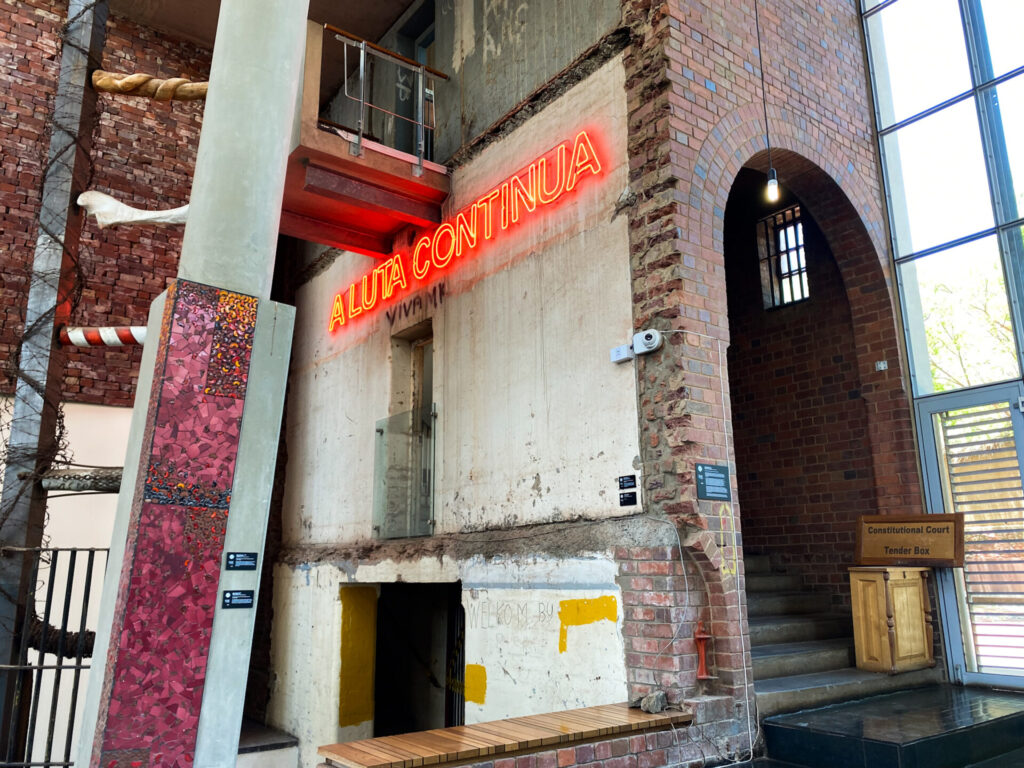

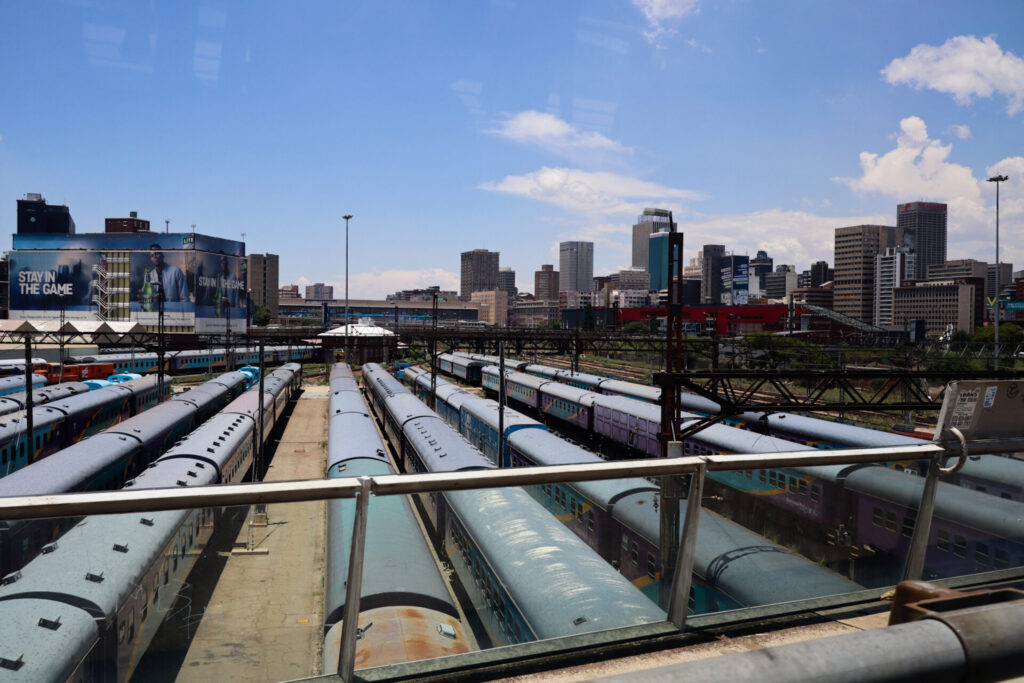
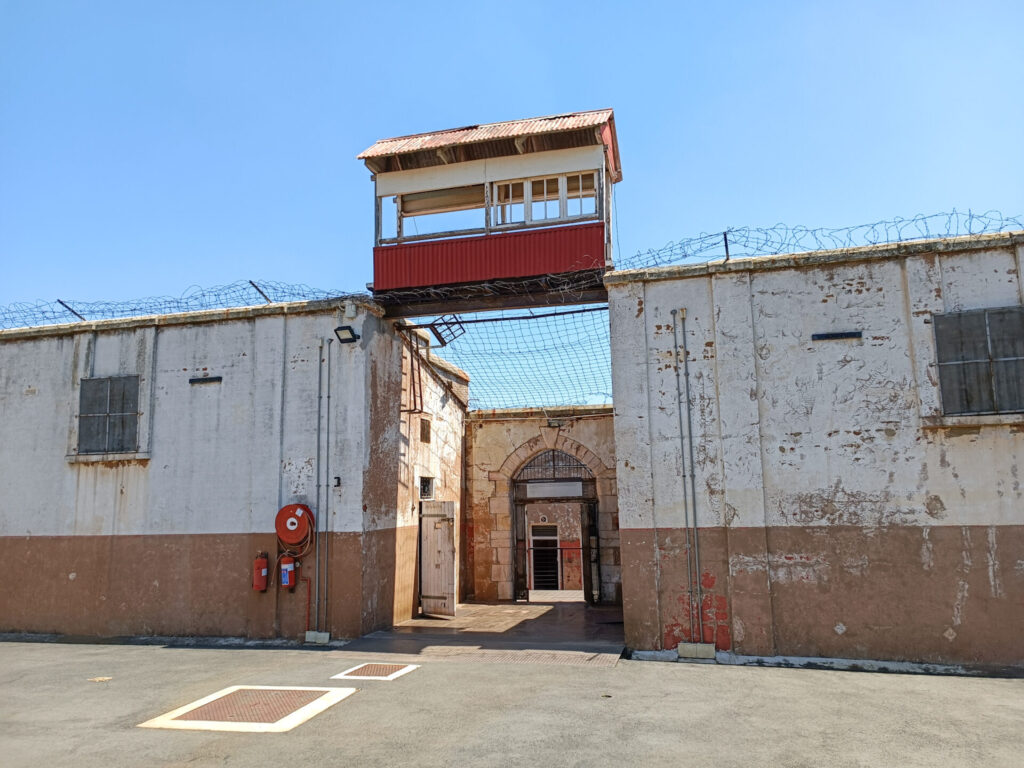



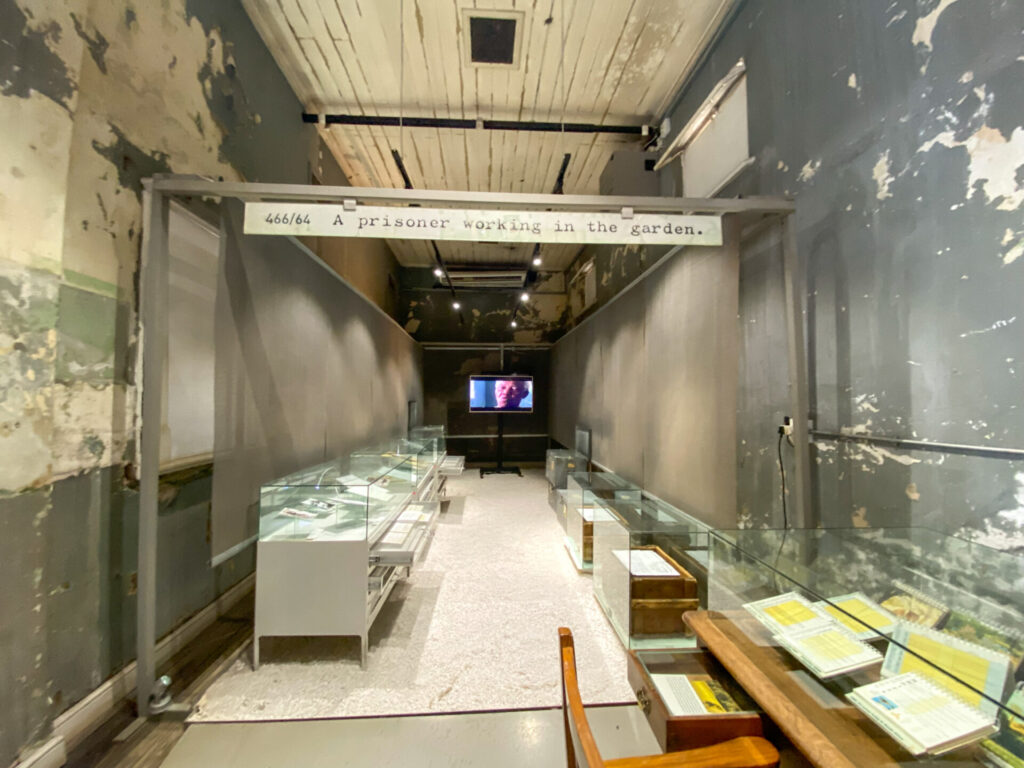



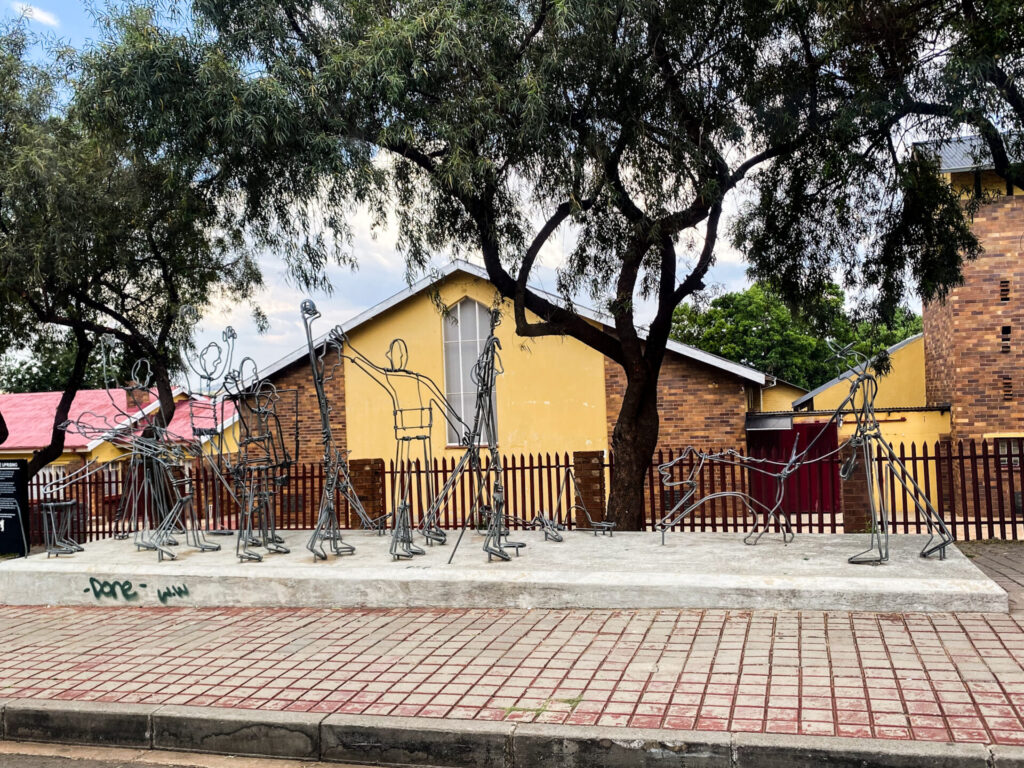
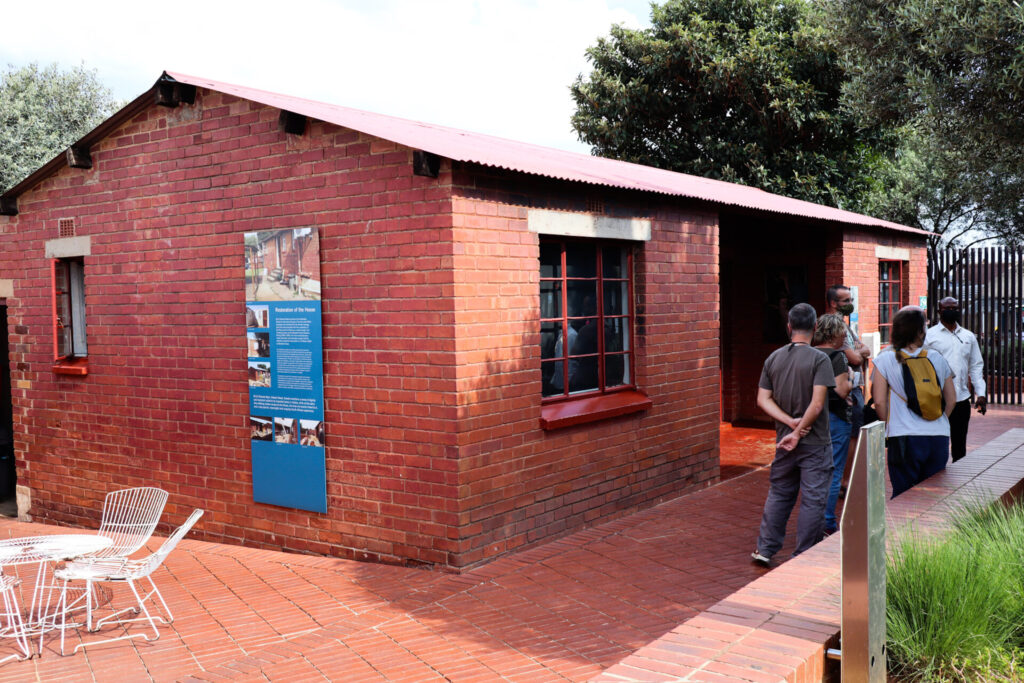

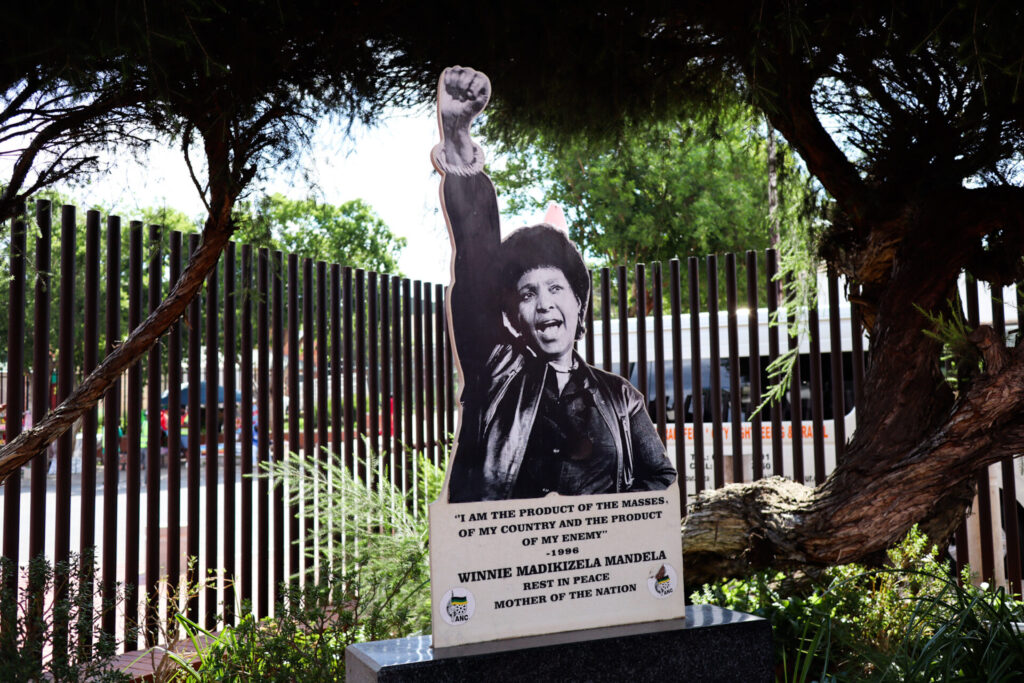
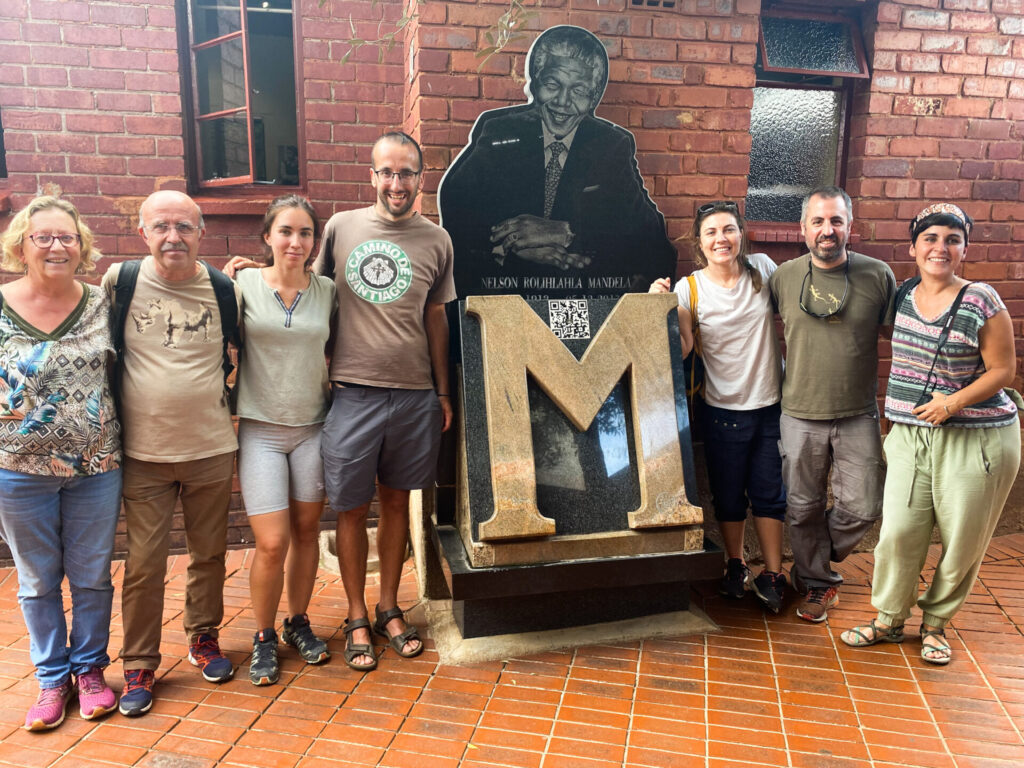




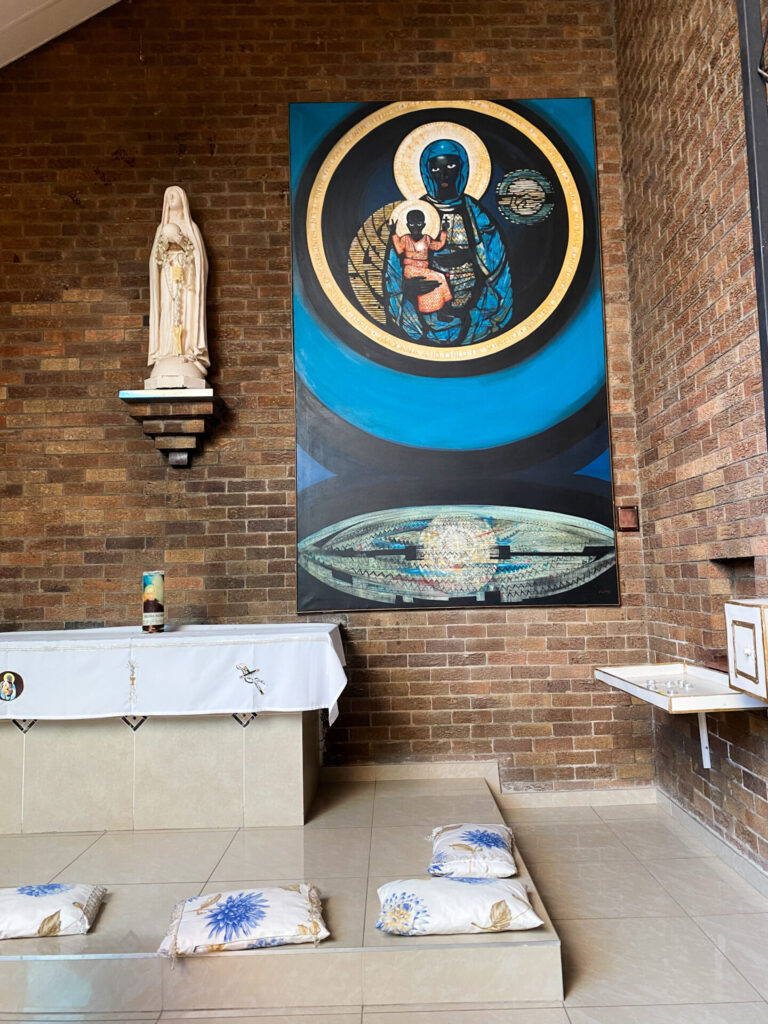
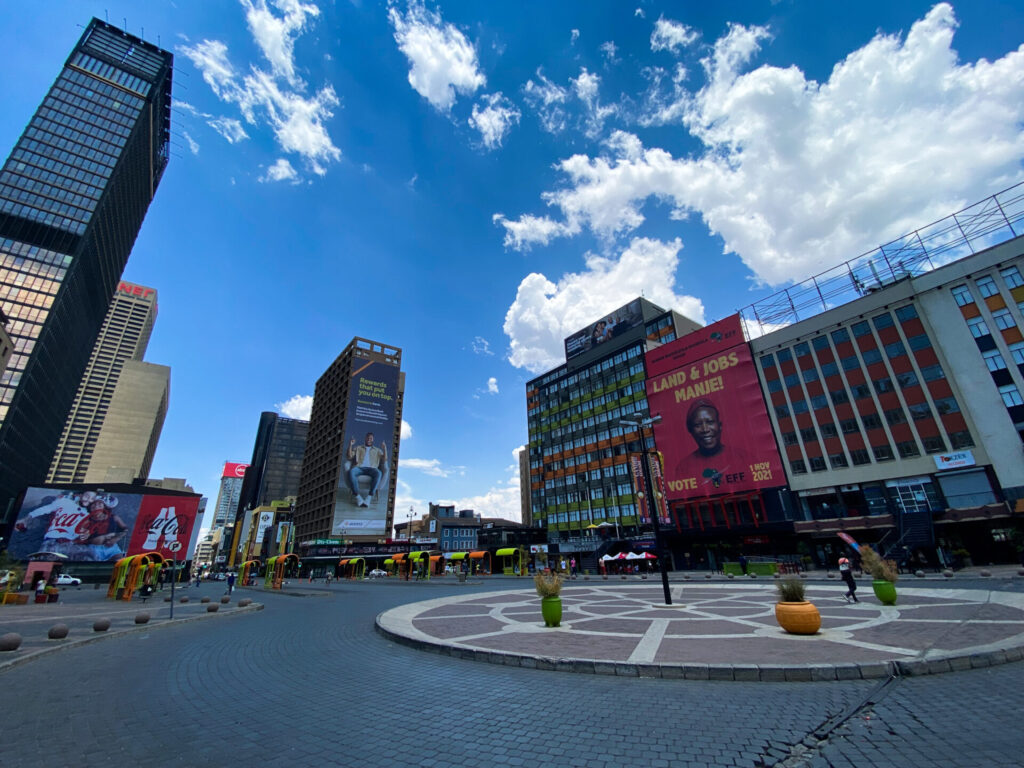


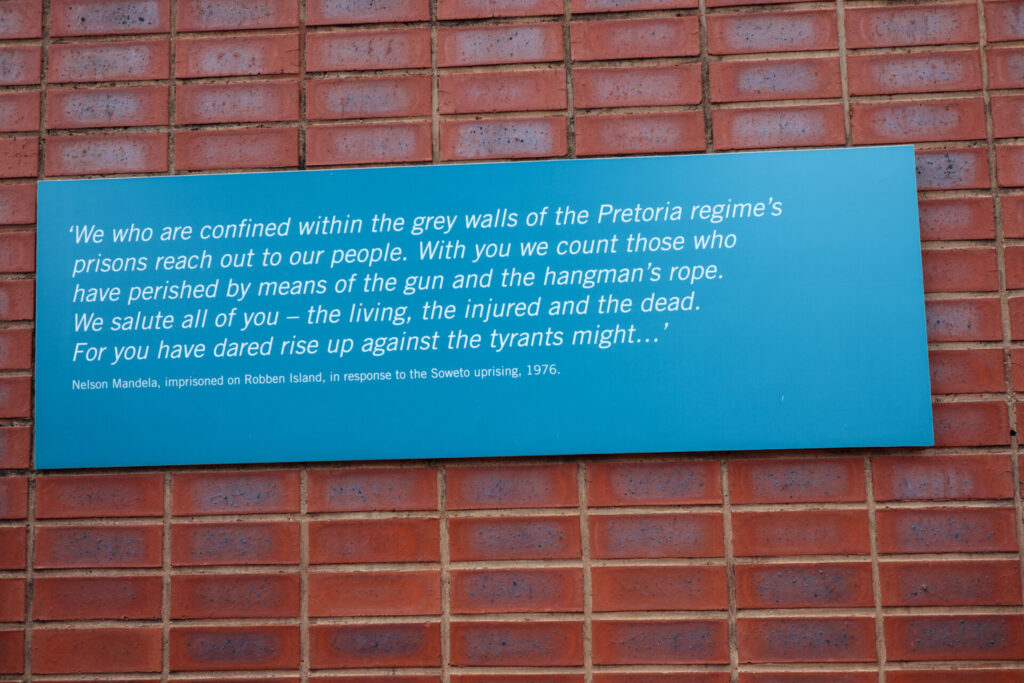

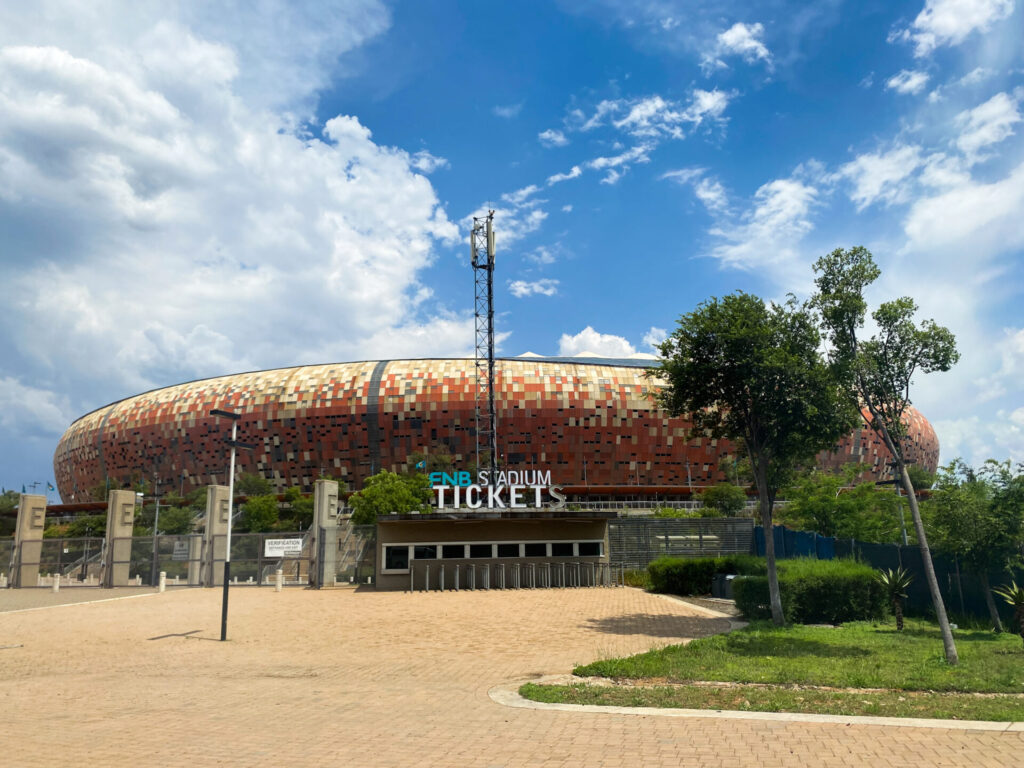
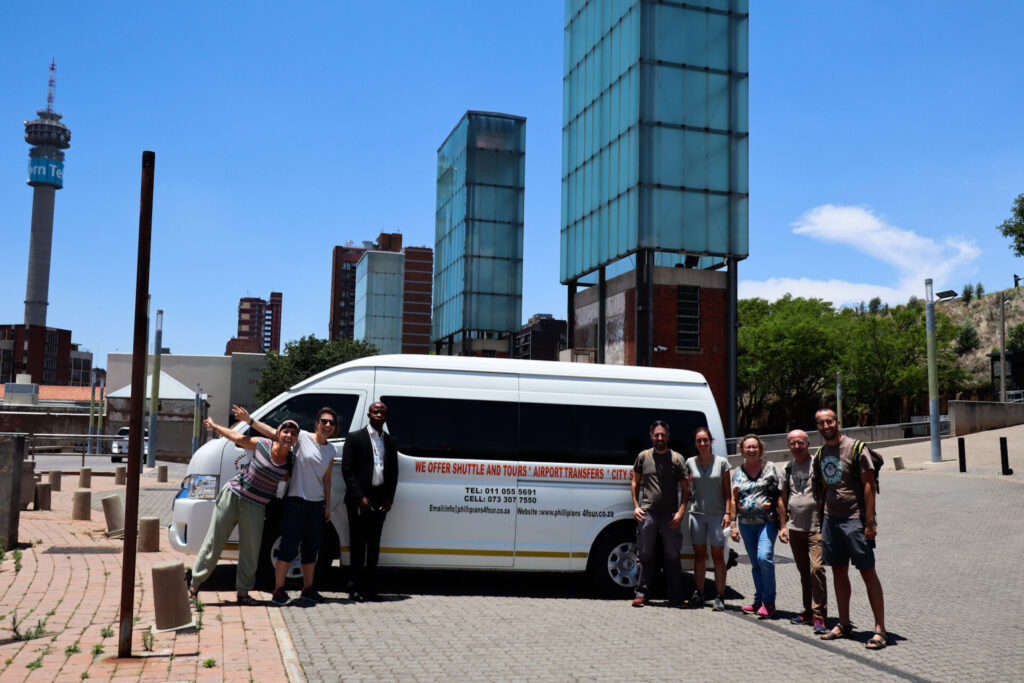



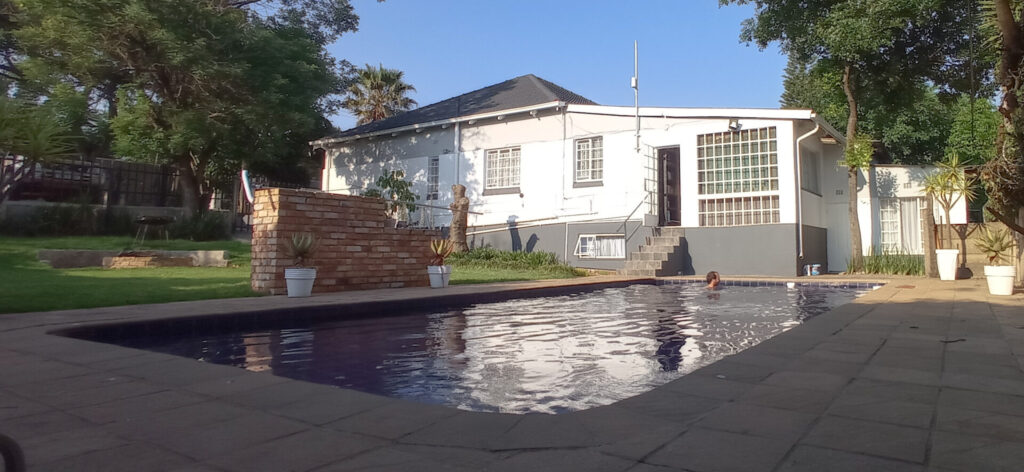

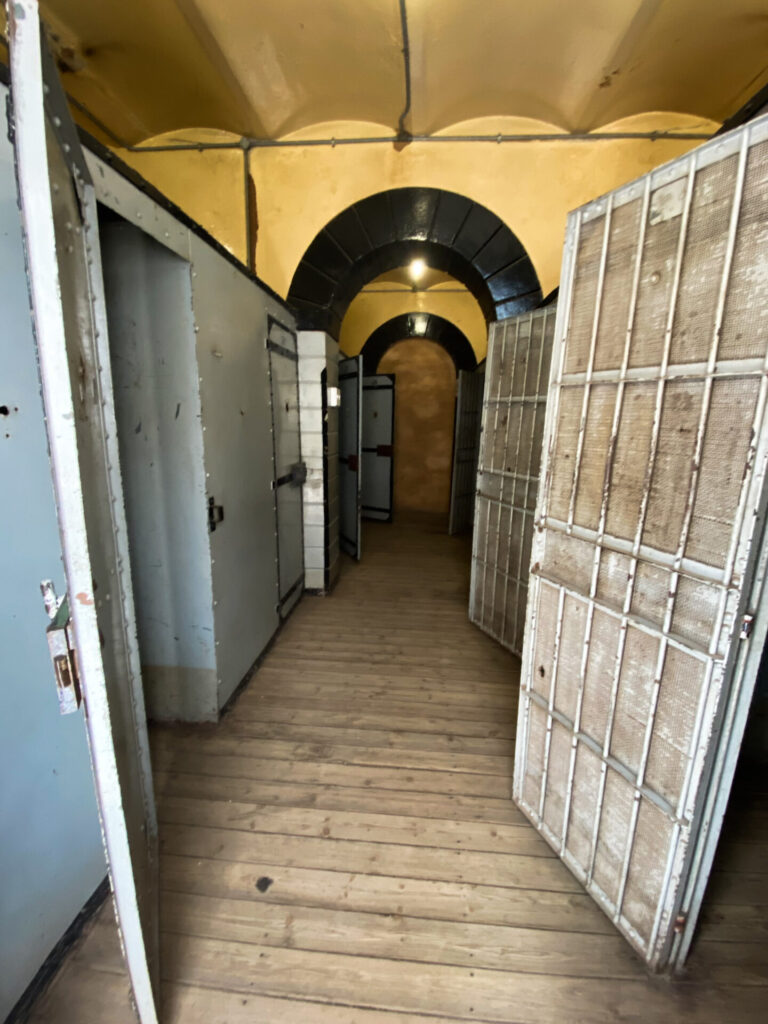
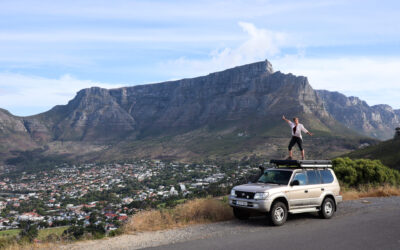





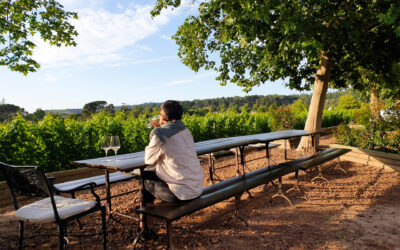
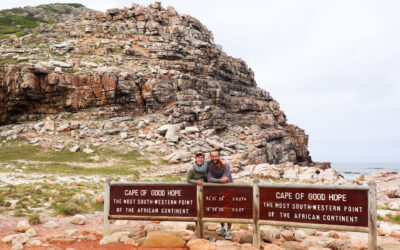


0 Comments